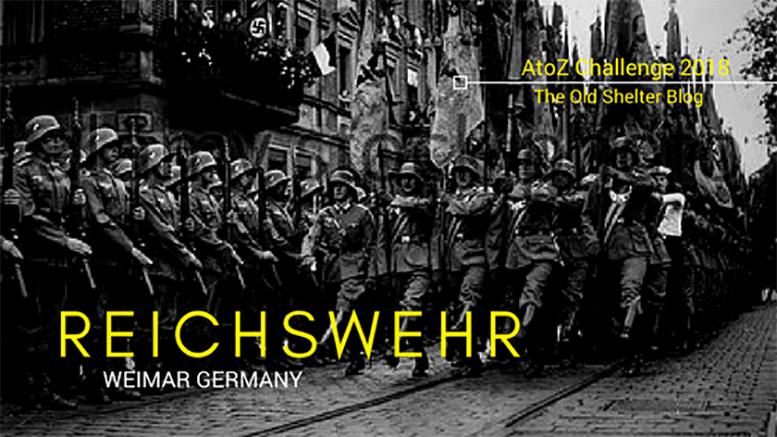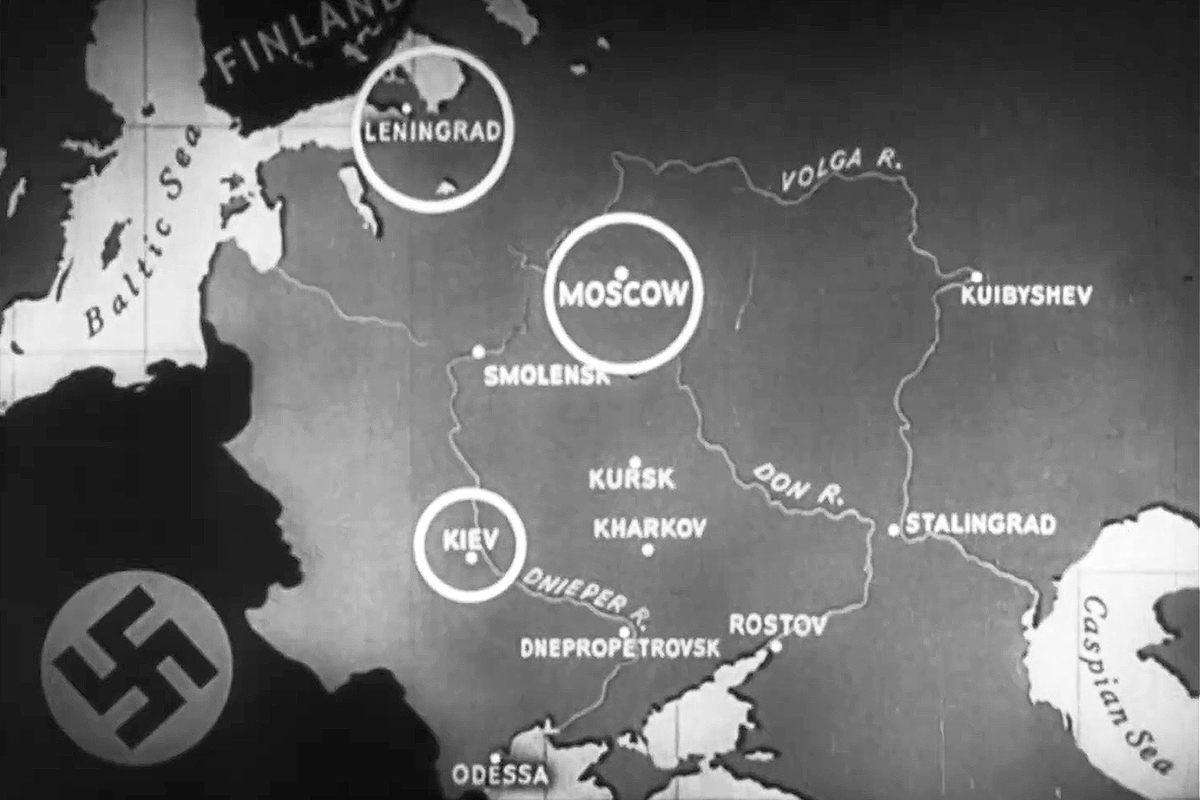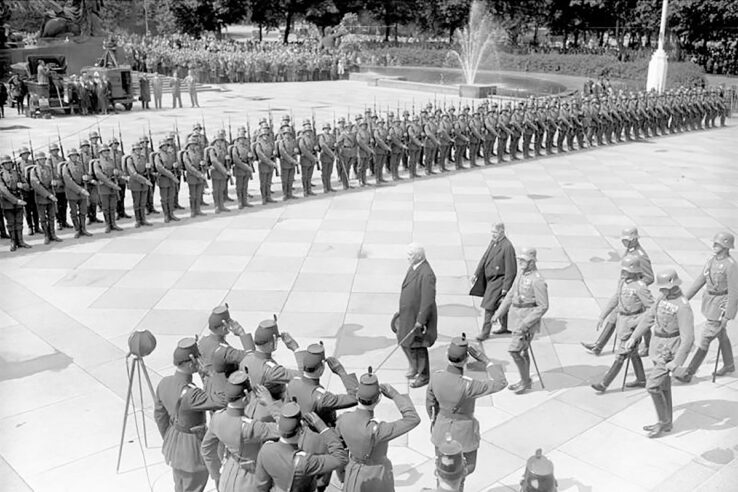
The Reichswehr, the German republican army, was always a state in the state and never a supporter of the democratic regime of the Weimar Republic.
When Germany signed the Armistice, her military force was virtually dismantled. As soldiers went home to a civilian life they hardly knew how to live, many kept together and in time formed military-like entities that were later known as Freikorps.
It is estimated that in the first years of the Weimar Republic, a number between 200 and 300 different Freikorps units spontaneously formed, ranging from small units to fully form military divisions which acted as a real German army — for example, in the Baltic and against the Poles. But most had free action in the republic itself and went violently about trying to stop the perceived communist invasion of Germany.
After the Treaty of Versailles, Germany was allowed to have an army of just 100,000 men. Because the Freikorps were virtually uncontrollable and quite prone to street violence, the Weimar government created an official army on June 28, 1919, the Vorläufige Reichswehr (Provincial German Defense Force). It was this army that suppressed the communist revolutionary attempt of 1919. Its creation, together with the birth of many different paramilitary forces (of which the veterans’ Stahlhelms and Hitler’s Sturmtruppen were the most numerous) finally caused the disappearance of the Freikorps.
The new Reichswehr was basically the old Kaiserreich army. Especially officers came from the old Imperial army and were of strong Prussian education and persuasion. They belonged to the older generation, which strongly supported nationalism and the return to the good old days of the Empire. They favored authoritarianism and military organization and ill-suffered the new liberal republic. It can’t be said that the Reichwehr was against the republic, but certainly it never did anything to support it. At most, they tolerated the republic as long as the republic stayed out of the army’s business.
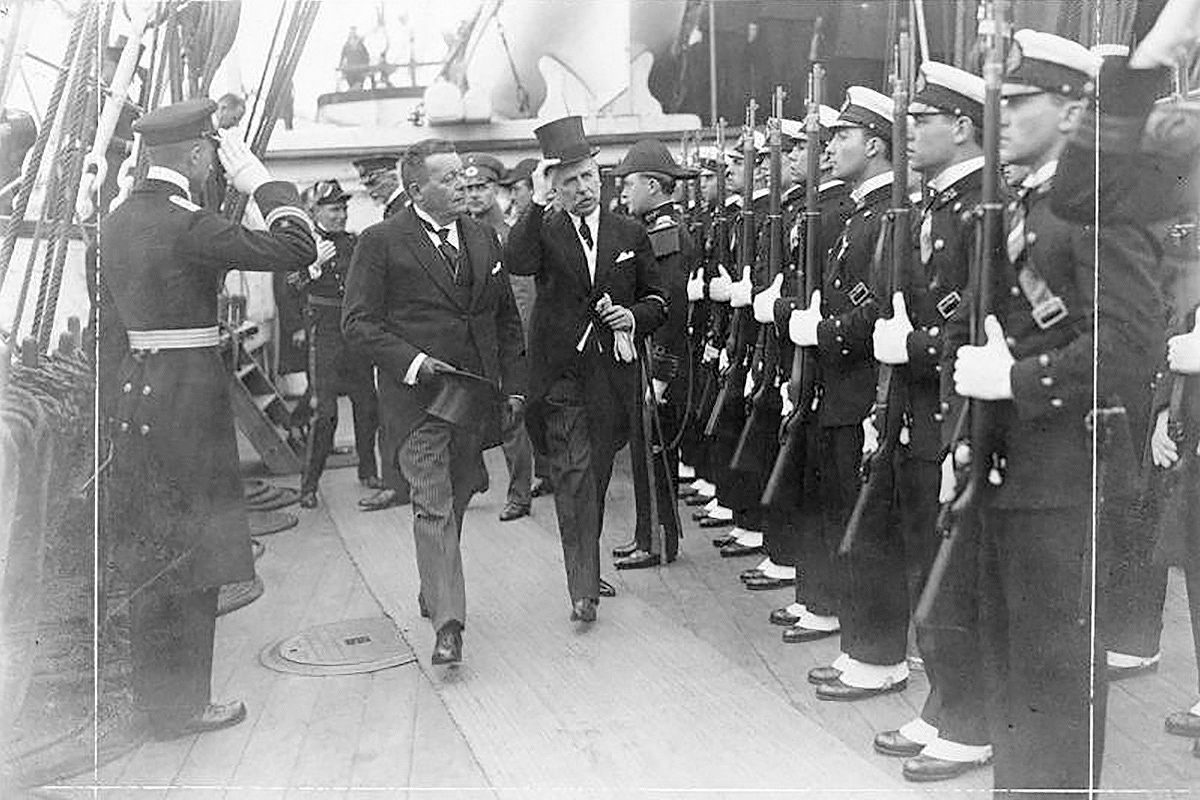
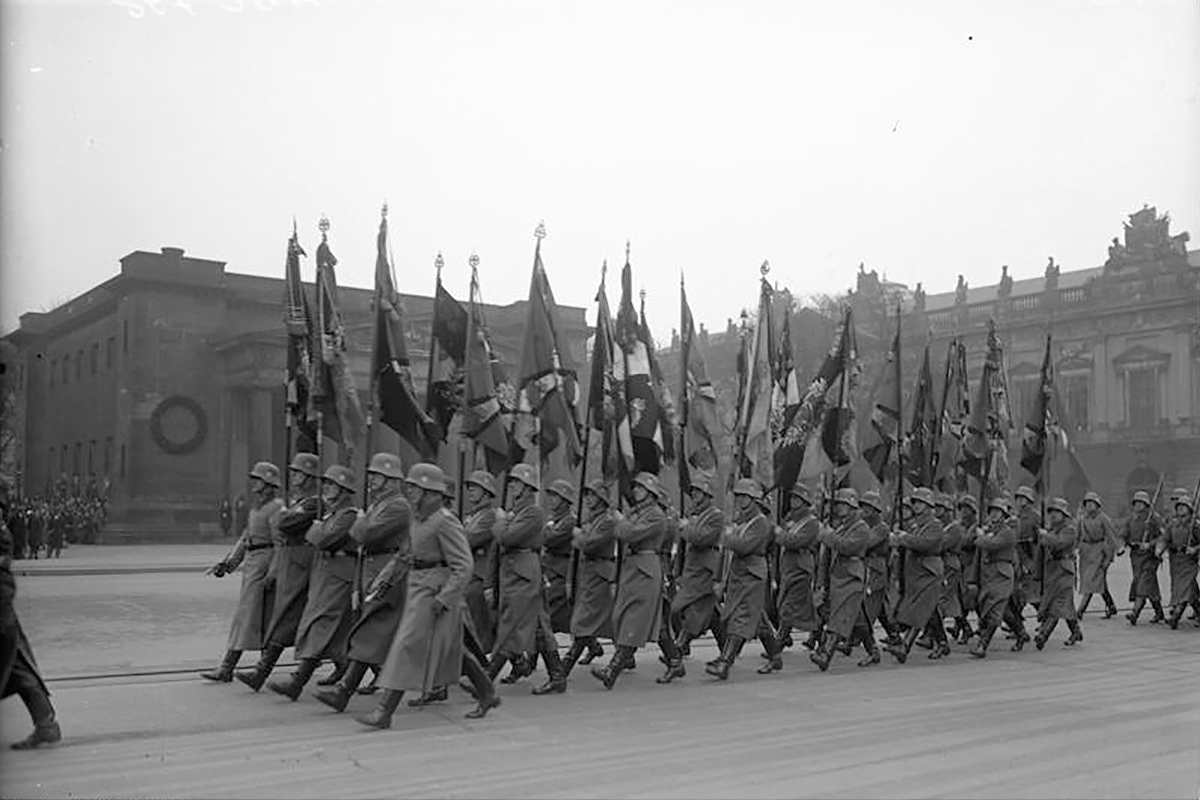
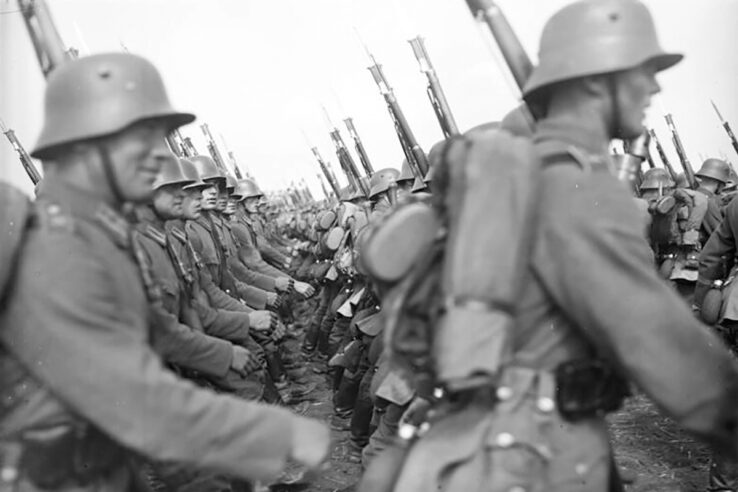
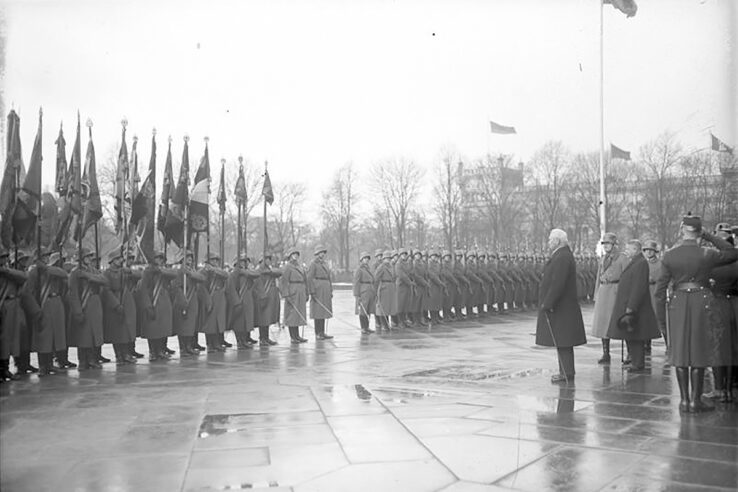
Besides, the belief in the “stab in the back” theory was strong among these generals, although many of them had been in critical positions during the war and perfectly knew — better than others — what the situation had actually been. These were the same generals who had refused to take part in the Armistice agreement, preferring to leave that risky business to the new government.
All thought the first half of the 1920s there were indeed rumors that the Reichswehr might support, or even initiate, a counterrevolution. This idea, if ever was true, died out when in 1925 General Paul von Hindenburg was elected to the presidency. Hindenburg had been an army leader during the war and was well-loved and respected by all Reichswehr officers, who appreciated his Prussian upbringing and thought he would defend Germany from democracy.
Given these bases, one would think that the Reichswehr went along quite well with Hitler and his movement. This was not the case. Although Hitler indeed found many supporters in the Rechswehr, many disliked him as a foreigner and soldier who was trying to seize too much power.
Reichswehr generals were also concerned with the rapid growth of the SA. In 1932, Hitler’s storm troopers counted more than 150,000 men where the Reichswehr was still limited to 100,000. Some Reichswehr officers were alarmed by the radical rhetoric among SA ranks, who spoke of themselves as a fledging revolutionary young force who would eventually supplant the old official army.
Although some army men did go along with the NSDAP ideas, most of the Reichswehr remained cold to it for most of its short life.
This story was originally published at The Old Shelter as part of an A-to-Z challenge about the history of Weimar Germany, April 20, 2018.


